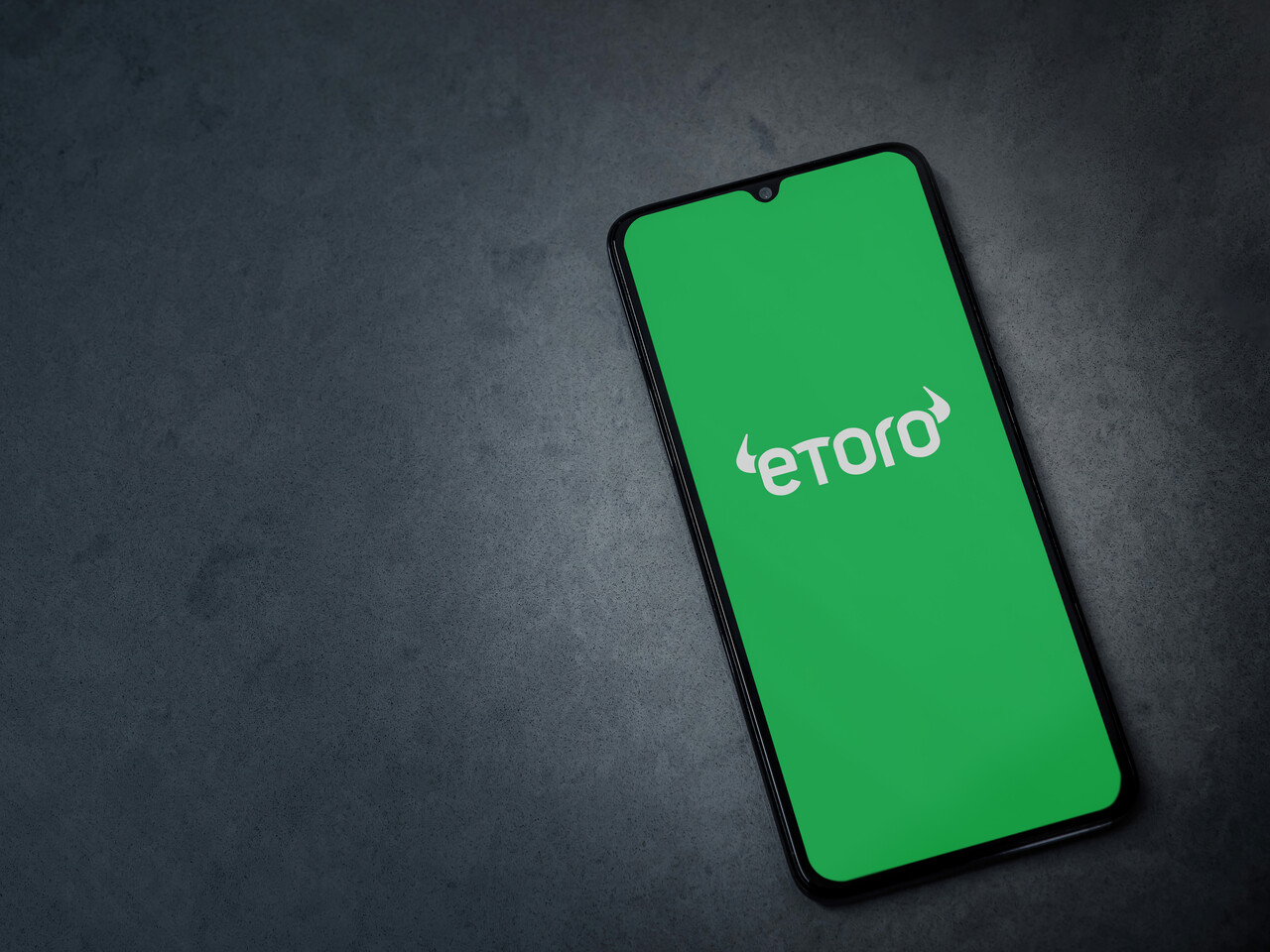What You Need to Start Trading Crypto
To get started with cryptocurrency trading, you only need a couple of things.
- Sign up on one of the many available crypto exchanges online. Here is a link to our recommended exchanges.
- Once you have an exchange account, you may also want to download a digital wallet to access your coins locally. Check out our curated list of recommended digital crypto wallets. Exchanges have been a notorious target for hackers over the years, so it’s best to keep your cryptocurrency in your own control. This is an extremely important aspect of owning cryptocurrency assets, check out this article to learn more about keeping your funds safe.
To trade larger amounts of money on crypto exchanges, you will most likely need to upload your personal information for identity verification purposes. This would include things like your driver’s license, social security number, phone number, and address.
Our Recommended Exchange for Buying Cryptocurrency

Social trading platform where you can trade crypto alongside stocks and assets.
What to Consider When Picking an Exchange
Beginner traders often look at fees as the most important attribute to consider when comparing various exchanges, but in reality, looking at regulatory compliance and security comes before anything else.
An exchange that is not compliant with local financial regulations should be viewed under a skeptical lens because this may mean there is no one to turn to in a situation where all of the exchange’s funds are lost in a hack or software malfunction.
Regulated exchanges are also usually able to offer better insurance guarantees for their customers.
Figuring out which exchanges offer the highest level of security may seem difficult at first. After all, not everyone is an expert at understanding the most important aspects of exchange security.
Our tip: The simplest way to determine the level of security offered by an exchange is to take a look at how long the exchange has existed and how many times it has been hacked. While a lack of hacks over an exchange’s history may not mean it definitely won’t get hacked in the future, this can be a useful indicator in determining the level of security offered by an exchange.
How Trading Crypto is Different Than Traditional Stocks
Those who have traded traditional stocks in the past need to be aware that crypto trading is quite different from trading legacy financial assets.
For one, there are still no well-established methods for valuing crypto assets. There are no earnings reports to look over, so it can be difficult to figure out whether a particular cryptocurrency is overvalued. In other words, trading is entirely up to supply and demand.
Another key difference is that cryptocurrency transactions are irreversible, which means security must be taken much more seriously. If someone is able to access your exchange account and send your cryptocurrency holdings to their own wallet, there will be effectively nothing the exchange can do to help you get your money back.
Only Invest What You Can Lose
This is the golden rule of investing – Invest only what you can afford to lose.
Since cryptocurrency is still very much an emerging asset class, it has proven to be extremely volatile. Due to this high level of volatility, it’s important for traders to only use money they are willing to lose on exchanges.
Fiat to Cryptocurrency Trading
While cryptocurrencies like Bitcoin have been an innovative advancement in payments technology, traditional fiat currencies (such as the US dollar, Euro or Japanese Yen) are still difficult to move around the world. Plus, since cryptocurrency transactions are irreversible, exchanges need to be cautious with accepting fiat in exchange for crypto assets.
Trading cash for cryptocurrency is much more difficult than trading crypto to crypto; however, stablecoins like Tether have made the fiat side of crypto trading much more efficient for traders. That said, most beginners are going to start with funds in their bank accounts that they wish to trade, which means it may take a couple of days to get money onto an exchange.
Crypto to Crypto Trading
Crypto to crypto trading is much easier than dealing with fiat, but it should be noted that the altcoin market can be extremely volatile. While Bitcoin has been called volatile for moving 10 or 15 percent in a single day, these sorts of daily moves are nothing compared to the movements of many of the altcoins.
The lack of payment friction involved with crypto to crypto trading makes it attractive to beginners, but it’s important to remember to look at the level of liquidity found in some of altcoin markets. For some of the altcoins, a few thousand dollars is all it takes to move the price in one direction or the other. If you’re going to trade the altcoins, be prepared for extreme levels of volatility.
Why You’ll Want a “Hot” Wallet for Trading
A hot wallet allows you to be more active with your cryptocurrency holdings because it is connected to the internet and available for trading at all times. A cold wallet, on the other hand, is mainly used for long-term storage and extra security because the funds are held offline.
Most traders leave their active funds directly on their exchange of choice as it allows them to quickly react to the latest market movements; however, it’s also important to remember that you don’t have control over your own funds when your cryptocurrency is on an exchange, which could potentially lead to a loss of funds if the exchange is hacked.
Basic Tips for Trading Crypto
Before heading over to our Haasbot review or checking out other trading bots, we suggest the following:
Focus on the Big Picture
By focusing on the big picture rather than the latest price fluctuations, you can avoid acting irrationally and selling at a loss. Again, these markets are extremely volatile, so a sharp drop in the value of your cryptocurrency holdings should be expected from time to time. To avoid making a rash decision and selling into a price decline, make sure that you’re taking a long-term point of view with your trading strategy.
Remember That Bitcoin Leads, Altcoins Follow
One of the most well-known phenomenons in the crypto market is that the altcoins are highly correlated with Bitcoin. When Bitcoin moves, the altcoins tend to move in the same direction. The only real difference is that the altcoins are more volatile, so their moves are more pronounced than Bitcoin’s. For example, if Bitcoin is up 5% in 24 hours, then some of the major altcoins may be up 15% to 20% during that same period of time.
Diversification is Important
If you’re going to get involved in the cryptocurrency markets, remember not to put all your eggs in one basket. Betting on the future price of a cryptocurrency of your choice is still a rather speculative endeavor. Remember, this is a high-risk, high-reward investment.
Don’t Get Too Greedy
If you look at the various cryptocurrency forums online, you will notice that they’re filled with stories of making huge profits in the crypto market; however, it’s important to remember that you haven’t actually made a profit until you sell your cryptocurrency holdings. Plenty of people were bragging about their new found wealth in late 2017, but many of these traders also ended up losing money because they became too greedy and expected for the market to simply keep rising indefinitely. Even if you’re making a long-term bet, you need to remember to take profits from time to time.
Set Up a Stop Loss
A stop-loss order will allow you to limit your losses in a situation where the price of a particular cryptocurrency begins to fall sharply. Use these types of orders to prevent yourself from being the last person holding the bag in a dying cryptocurrency.
The Relative Strength Index (RSI)
The Relative Strength Index (RSI) tracks the recent price movements of a particular asset to calculate whether the market is overbought or oversold. This can be an extremely useful technical indicator because you always want to sell when the market is too hot and buy once things have cooled down. An RSI of 70% means the asset is considered overbought and an RSI below 30% means the asset is oversold.



